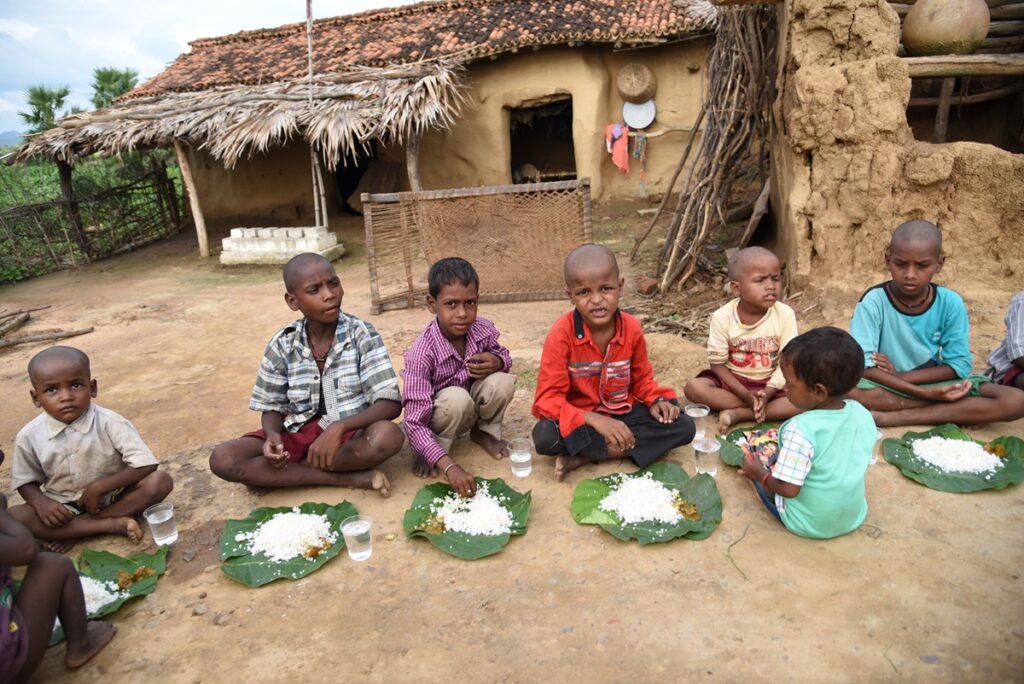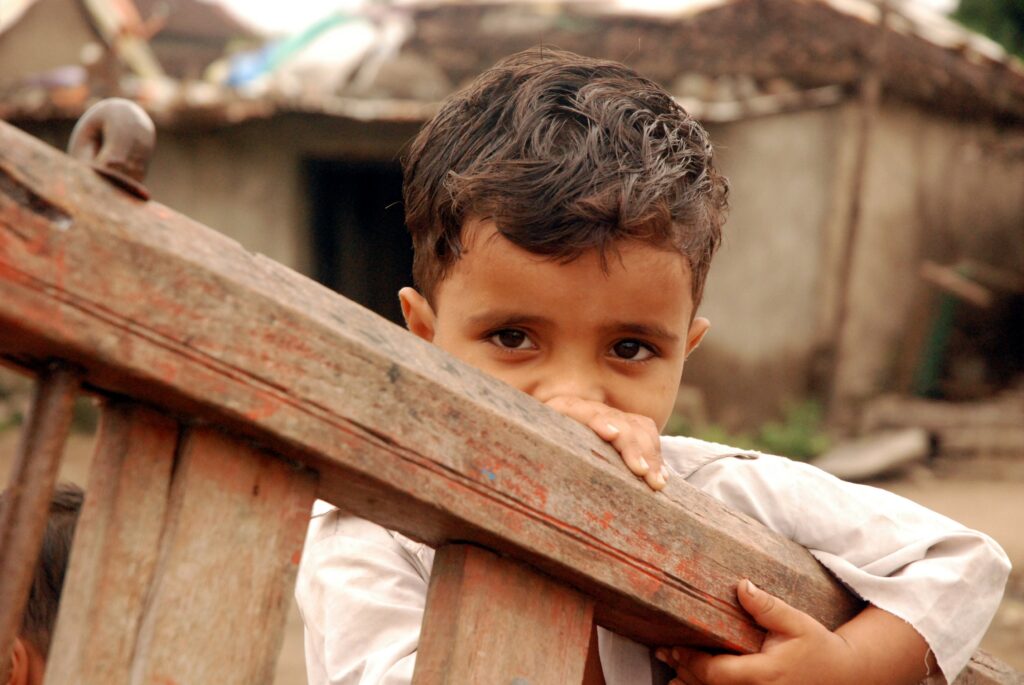
Malnutrition in Children : Know Meaning, Types, Causes & How To Avoid?
Malnutrition violates a child's fundamental rights, while good nutrition provides the foundation for them to grow, learn, and reach their full potent....
Read MoreChild malnutrition in India remains a critical issue, affecting millions of children every year. According to the National Family Health Survey (NFHS-5), 35.5% of children under five in India have poor growth, and 32.1% are underweight (Source: National Library of Medicine, 2023).
Tackling this issue requires a multidimensional approach, with education playing a pivotal role. Education empowers individuals with the knowledge and resources necessary to make informed decisions about nutrition and health, ultimately contributing to a brighter future for children nationwide.

Child malnutrition is a condition where children do not receive adequate nutrition, impacting their growth and development. Several factors cause it:
The consequences of malnutrition include:
Also Read: Right to Education
Education and nutrition are deeply interconnected, forming a foundation for addressing malnutrition. Educating communities about the importance of balanced diets and hygienic practices can significantly reduce malnutrition rates. Children from educated households are more likely to access nutritious meals and better healthcare.
Moreover, schools can play a pivotal role by implementing nutrition programs that ensure healthy growth and development. This dual focus on education and nutrition creates a positive cycle, enabling children to learn better and lead more nutritious lives.
Also Read: Rural Education
Education plays a vital role in empowering individuals to make informed nutritional decisions that promote healthier lifestyles:
Additionally, schools can amplify these efforts through nutrition education programs. These initiatives shape dietary habits and improve young individuals' health, growth, and cognitive development. If not addressed, poor eating patterns may lead to critical issues such as undernutrition, iron deficiency anaemia, and obesity (Source: Centers for Disease Control and Prevention).
Also Read: Health Education for Children
Schools are key players in combating child malnutrition in India. They serve as platforms for spreading nutrition awareness through:
The Mid-Day Meal Scheme has significantly improved school attendance and significantly reduced malnutrition cases among children.
When women are educated, they are better equipped to:
While education is a powerful tool to stop child malnutrition, several barriers persist:
Socio-economic factors play a significant role in hindering children’s access to education, which in turn affects their nutritional well-being. The following challenges are key contributors:
Limited access to educational resources and gender bias are major obstacles for children, especially in rural areas. Here's how these barriers manifest:
Although there are government initiatives aimed at combating malnutrition, policy-level issues hinder their full implementation. These include:
At CRY, we believe that education is a powerful tool to break the vicious cycle of malnutrition. When children stay in school, they gain access to mid-day meals, regular health check-ups, and crucial knowledge about hygiene and nutrition. We work at the grassroots level to ensure children not only enroll in school but also stay there—preventing issues like child labor and early marriage that contribute to malnutrition. By empowering children and communities with the right information and resources, CRY helps create a future where no child goes hungry or suffers from preventable health issues.
Education is a cornerstone in the fight against child malnutrition in India. It equips children and communities with the knowledge to make informed nutritional choices, paving the way for a healthier generation. Addressing barriers to education and enhancing awareness through initiatives like the Mid-Day Meal Scheme and Poshan Abhiyaan can significantly reduce malnutrition rates.
NGOs like CRY India are vital in creating sustainable change by supporting education-focused initiatives. Together, we can stop child malnutrition and ensure a brighter future for every child.
Learn About CRY Initiative For Children Education
How does maternal education impact child malnutrition?
Maternal education significantly reduces the risk of child malnutrition. Educated mothers are:
Yes, technology plays a crucial role in nutrition education by:
Utilising technology ensures broader reach and better implementation of nutrition education programs.